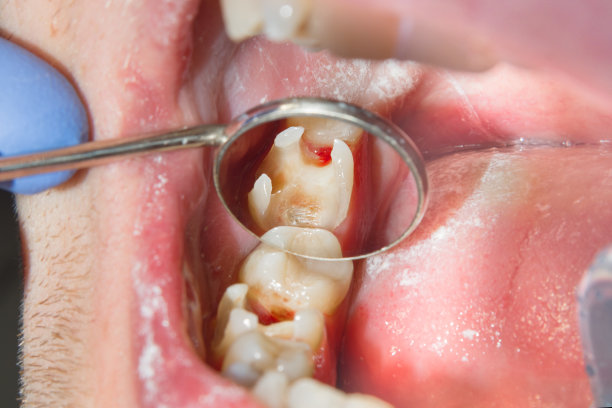The Essential Guide to Extracting a Tooth Safely and Effectively for Healthy Dental Care
Summary: Extracting a tooth can be a daunting task, but with the right knowledge and preparation, it can be done safely and effectively. This article provides a comprehensive guide to tooth extraction, covering essential aspects such as understanding the necessity of the procedure, knowing when to consult a dental professional, the preparation required for a safe extraction, and the aftercare needed for optimal recovery. Emphasizing the importance of proper techniques, this guide aims to empower individuals to make informed decisions about their dental health while ensuring that any tooth extractions are performed with confidence and care.
1. Understanding Tooth Extraction Necessity

Tooth extraction may seem like a dramatic solution to dental issues, but it can be necessary for various reasons. Commonly, extractions are performed when a tooth is severely decayed or damaged beyond repair. In such situations, keeping the tooth may lead to further complications, including pain and infection. Recognizing when extraction is needed is vital for maintaining overall dental health.
Additionally, crowding in the mouth can necessitate tooth removal. Orthodontic treatment often requires the extraction of certain teeth to create space and ensure that remaining teeth align properly. Understanding these scenarios can alleviate fears related to extractions, enabling patients to see them as part of a broader dental health strategy.
Lastly, wisdom teeth are a common candidate for extraction due to their propensity to become impacted. This condition can cause pain and other oral health problems. Identifying the signs of problematic wisdom teeth is crucial for securing timely treatment and preventing further dental issues.
2. Knowing When to Consult a Dentist
Identifying the right time to consult a dentist about an extraction is crucial for effective dental care. Patients should seek professional advice when they experience acute pain, swelling, or signs of infection. These symptoms often signify that a tooth may need to be removed, and prompt action can prevent more serious complications.
Regular dental check-ups also play an essential role in early detection. Dentists are trained to spot potential issues that might require extraction before they become severe. By attending routine appointments, patients can stay informed about their dental health and understand the need for possible extractions.
Moreover, understanding the implications of dental x-rays can help patients gauge when to consult a professional. Dentists utilize x-rays to assess the position and condition of teeth and roots, providing invaluable insight into whether a tooth should be extracted. Educating oneself on the role of x-rays in dental health can demystify the process.
3. Preparation for Safe Tooth Extraction
Preparation is crucial for a successful tooth extraction. Before the procedure, its essential to communicate openly with the dentist about any medical conditions, ongoing medications, or allergies. This information helps the dental professional tailor the procedure to the patients specific needs, ensuring enhanced safety during extraction.
Additionally, understanding the various sedation options is vital. Dentists may employ local anesthesia, sedation, or general anesthesia to perform extractions with minimal discomfort. Patients should discuss which option suits their anxiety levels and comfort preferences to ensure a smooth experience.
Its also wise to arrange for post-extraction care. Having a responsible adult accompany the patient is crucial, especially if sedation is used. A proper care plan involving gauze for bleeding, ice packs for swelling, and over-the-counter pain relief can greatly alleviate discomfort and aid in recovery.
4. Aftercare for Effective Recovery
Following a tooth extraction, attentive aftercare is paramount to ensure a smooth recovery. Patients should avoid strenuous activities for at least 24 hours to allow the healing process to begin without complications. Resting properly can help facilitate healing while minimizing discomfort.
Oral hygiene remains essential even after extraction. Patients are generally advised to avoid rinsing or spitting for the first 24 hours. However, gentle brushing of the teeth, keeping the extraction site clean, and following the dentists specific recommendations can prevent infection.
Furthermore, managing pain and swelling is integral to the recovery process. Applying ice packs intermittently to the affected area can help reduce swelling, and taking prescribed pain medications as directed ensures that discomfort remains manageable. Patients should keep a close eye on their recovery, reaching out to their dentist if unexpected symptoms arise.
Summary:
This guide underscores the significance of understanding tooth extraction as part of healthy dental care. By approaching extractions with knowledge about necessity, professional consultation, proper preparation, and diligent aftercare, patients can navigate the process confidently.
Equipping oneself with this essential knowledge will not only facilitate safer extractions but also contribute to ongoing dental health and wellness.
This article is compiled by Vickong Dental and the content is for reference only



